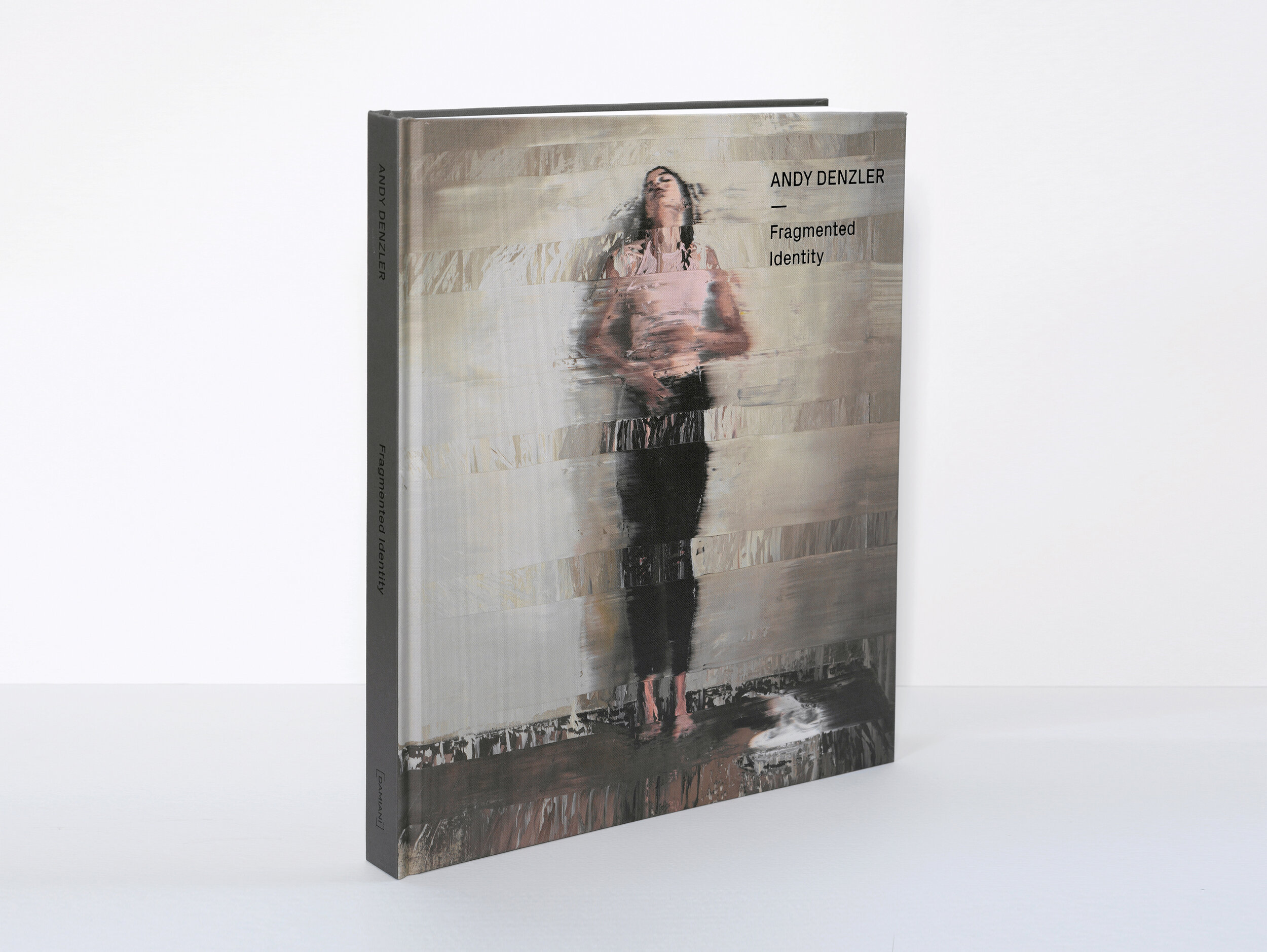Monograph published by Damiani
Andy Denzler, Fragmented Identity | The elusive imagery in Andy Denzler’s paintings is not so much the product of what is there, but what is not there. Denzler has developed a signature technique that injects his paintings with an instant subtext, a now-you-see-it, now-you-don’t narrative. “I am not interested in painting pretty pictures. I try to create a certain mood or ambience. It has a lot to do with color and lighting. It should look dark rather than nice,” he says. Hence men and women who appear pinned to the wall by an unseen centrifugal force; women sitting uneasily on the edges of chairs or on unmade beds; a man and a woman in a decomposing villa.
Phoebe Hoban is an american journalist and author of Basquiat, A Quick Killing in Art and Lucian Freud: Eyes Wide Open.


